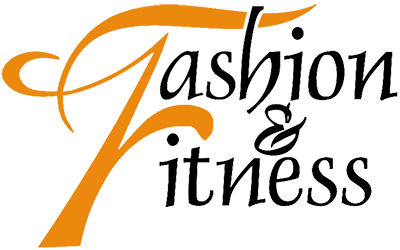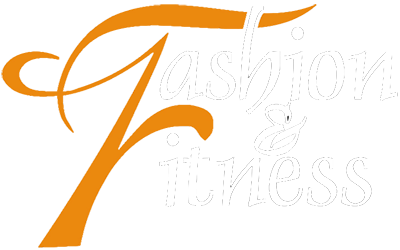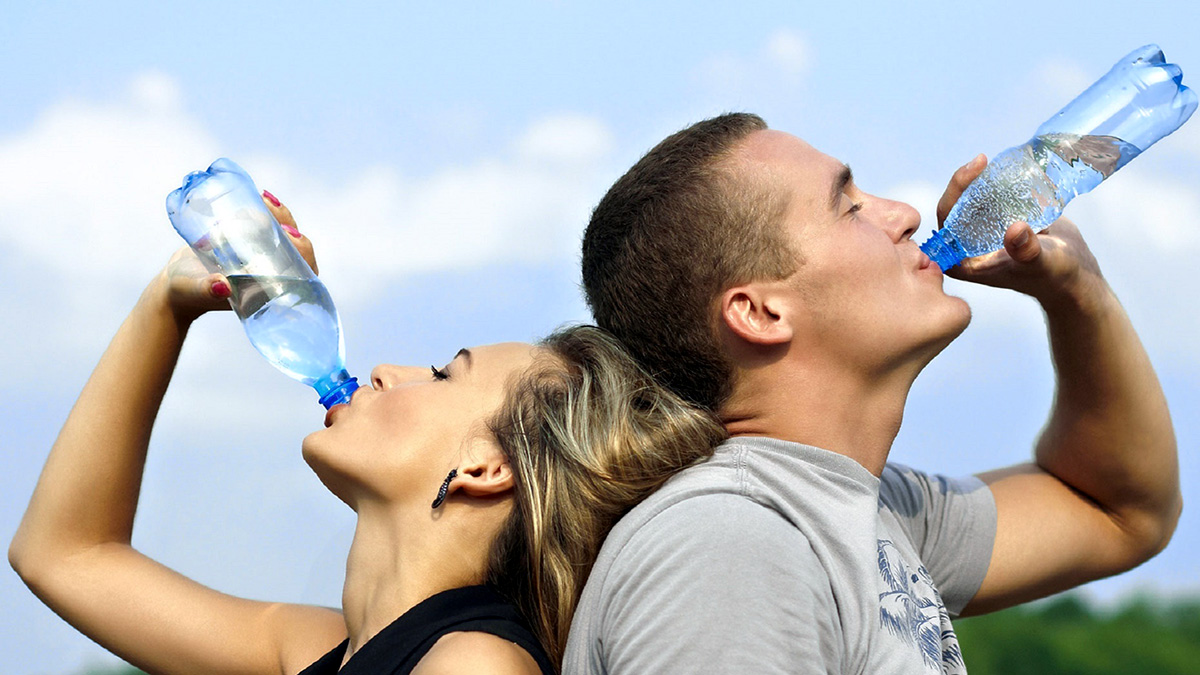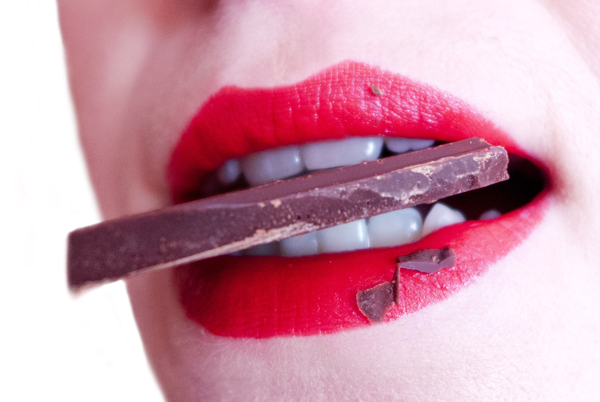

Smt. Maneka Sanjay Gandhi
Recently, I brought a dog, called Sweeney, home from my hospital Sanjay Gandhi Animal Care Centre. She had been thrown there by a family that said she smelt bad, and no matter how many times they bathed her, the smell came back. Attacked by another dog, she crawled under a stationary ambulance and refused to emerge except for her meals. So I brought her home. It’s true. She really smells. We bathed her again and the smell reduced for three days. But its back and she scratches and licks herself a lot. So, since no vet can say anything helpful except to continue to bathe her, I asked a researcher to find out from vets abroad as to what could be the matter. And this is what learnt. I thought it might be useful for people who own dogs, or work to rescue them.

Dogs smell for several reasons: mouth odour comes from decaying teeth, infected gums or a gastric upset. Smells from the body come if there are maggots eating the flesh, an ear infection, a pus filled wound, or if the dog has been rolling in something dirty.
But another reason, that vets don’t seem to know about, is yeast.
Both people and dogs have a normal amount of yeast, which occurs naturally on the body. These healthy levels of flora are possible if there is a balanced immune system. Any imbalance leads to an overgrowth. An overactive immune response, where allergies are present, can also lead to problems with yeast.

When an inexperienced veterinarian sees a dog with allergies – a sign of an overactive immune system – he will typically prescribe steroids to shut off the immune response. This improves symptoms but does not fix the underlying cause of the allergies. When your dog’s immune system is turned off with drugs, it can’t do its job of regulating and balancing normal flora levels, so your pet ends up with yeast blooms. Another response, when a dog has allergies and secondary skin infections, is to prescribe antibiotics. Antibiotics are well-known to destroy all good bacteria along with the bad, wiping out healthy yeast levels in the process, so these drugs often make a bad yeast situation worse. Even humans on antibiotics often get yeasty. Similarly, dogs with an underactive immune system, or one that has been medically immuno-suppressed, can get a yeast infection, as well as dogs that have overactive immune systems, or allergies.
A definitive diagnosis by a vet of a yeast infection is accomplished either by looking at a skin swab under a microscope, or by culturing (submitting a sterile swab of the skin to the lab where the cells are grown and identified on a petri dish).

As a dog caretaker, you can tell if your dog has a yeast infection just by her smell. Yeast has a very characteristic odour. It smells like mouldy bread or cheese. It’s a pungent, musty, unpleasant smell. It is not a normal dog odour, because healthy dogs don’t have a ‘doggy odour.’ So if your dog has stinky paws or musty-smelling ears, chances are she’s dealing with a yeast overgrowth.
Another sign your dog is yeasty is scratching. Yeast overgrowth is tremendously itchy. She won’t leave her paws alone. Or her ears. She will also rub her anus on the ground.
If your pet is dealing with yeast overgrowth, this is what you need to do.

Address the diet
The way you nourish your dog is either going to help the immune system manage yeast, or it’s going to feed an or existing yeast overgrowth situation. Start the dog on an ‘anti-yeast diet.’ Yeast needs sugar to multiply. Carbohydrates break down into sugar. Sugar isn’t just the white kind added to many pet treats and some pet foods. There are hidden forms of sugar that feed yeast overgrowth. Eliminate potatoes, corn, wheat, rice – all the carbohydrates need to go away. Put a lot of vegetables in the food. Add some natural anti-fungal foods to the diet, like a small amount of garlic or oregano. These foods are both anti-fungal and anti-yeast and can be beneficial in helping reduce the yeast level in your dog’s body.

Now start disinfecting the yeasty body parts
If the vet manages to recognize a yeast infection, typically, he will hand you a cream, salve or dip, with instructions to keep applying it to the infected area. The problem is that as yeast dies off, it forms layer of dead yeast on top of layer of dead yeast. Unless you remove the dead layers of yeast and disinfect the skin, adding loads of ointment to layers of dead yeast will increase the problem.
So you will have to disinfect the dog’s body yourself. If your pet’s ears are yeasty (and really smell) you’ll have to disinfect them daily. The frequency is entirely dependent on how much debris your dog’s ears produce. So if your dog has yeasty ears throughout the monsoon months, you’ll need to clean them every day during that period. You can disinfect your dog’s ears with witch hazel and large cotton balls. Use as many cotton balls as it takes to remove all the debris from the ears at each cleaning. Do not put Q-tips down into the canals of your dog’s ears.
Yeast thrives in a moist environment and in crevices – between your dog’s foot pads, for example, in armpit and groin creases, and around the vulva and anus. So, disinfecting those parts of a yeasty dog is really important.

Take four litres of water, a cup of hydrogen peroxide, and 1 – 4 cups of white vinegar as a foot soak solution. Mix it and keep it. Use this solution as many times a day as necessary to keep your dog’s feet clean. After you dip your dog’s feet in the astringent solution of water / hydrogen peroxide / white vinegar, just pat the paws dry. Leaving the solution dried on your dog’s paws serves as an antifungal and should also reduce licking and digging at the paws.

If your dog has yeast overgrowth on the skin, disinfect the entire body with a natural, anti-fungal shampoo made from tea tree oil or an herbal blend. These will help control the amount of yeast growing on your pet. After shampooing with and rinsing thoroughly, follow with an anti-fungal astringent rinse: A bucket of water with a cup of vinegar or a cup of lemon juice. You can also use 20 drops of peppermint oil. Avoid the head. Pour the solution over the dog and rub it into the coat and skin, focusing on body parts that tend to grow yeast — armpits, feet, groin area and around the tail. Then towel dry. Your dog will not only feel better, but the yeast won’t replicate as quickly.
For many dogs, yeast problems are seasonal. When the temperature and humidity levels rise each year, they get yeasty and stinky. If this is the case with your dog, the summer months are when you’ll need to be vigilant about disinfecting your pet and addressing any dietary issues that might be contributing to the problem. However, if your dog has year-round yeast problems, get an immune testing done to measure the immunoglobulin levels (IgG, IgM and IgA). Generally, these levels are low in a dog with constant yeast overgrowth. If your dog is producing healthy levels of immunoglobulins, he should be able to overcome almost any infection, and particularly an opportunistic yeast infection.
There are immunoglobulin injections – which we normally use for dogs with early distemper. You will have to start the dog on vitamins, iron tonics and a good diet. If you let the situation be, because you are used to the smell, then this will turn into something worse and cost you far more money. Above all, don’t be mean and start tying up the dog outside the house, or even worse, throw her away as Sweeney’s parents did.








